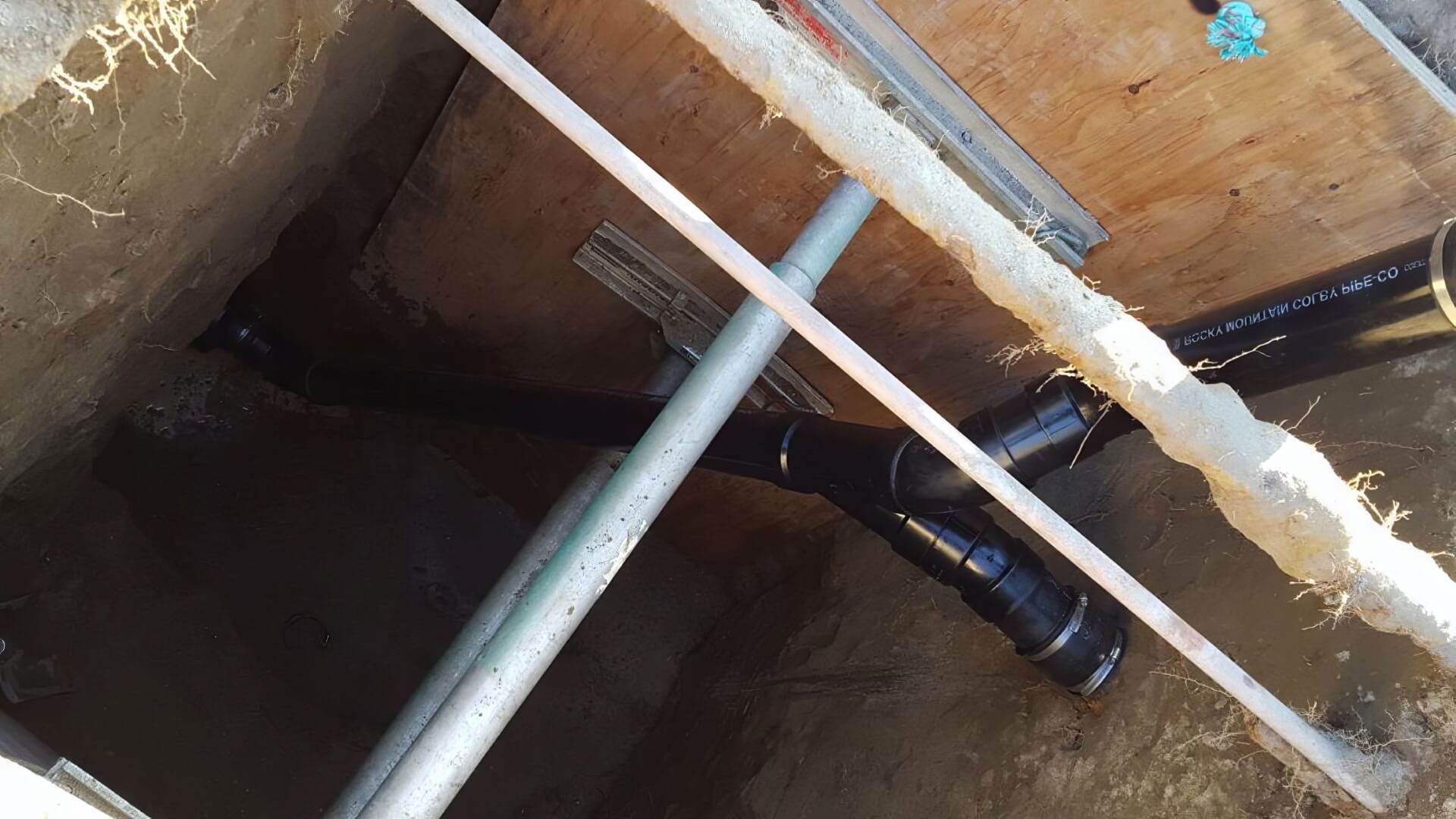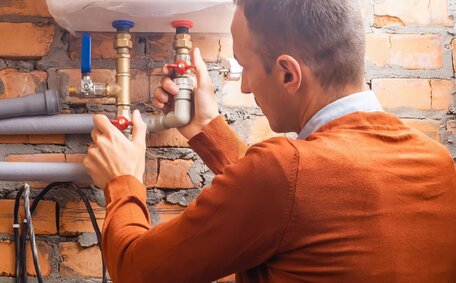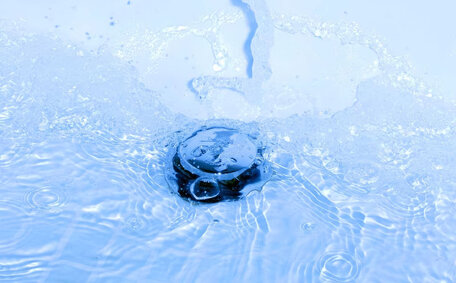Introduction to Hot Water Systems
A reliable heat pump hot water system is essential for the comfort of every Australian household. Hot water systems, such as those using heat pump technology, are pivotal for activities ranging from bathing to washing dishes and clothes. This engaging read from Ryde Plumbing will clarify water use in heating technologies, detailing how heat pump systems and hot water systems work to deliver that indispensable comfort to your taps.
We’ll uncover the practicality of instantaneous gas water systems, alongside the workings of traditional gas and electric models, and delve into how hot water systems complement solar and heat pump alternatives. We’ve also included maintenance tips and insight into advancements like the integration of a PV system for a sustainable hot water supply in your home.
Don’t hesitate to check out our comprehensive evaluation of each water heater, including storage tank models and heat pumps, as we cover how they function, what makes them distinct, and their key benefits and downsides.
With more than 15 years of expertise servicing various heater tanks including hot water systems across Ryde and greater Sydney, Ryde Plumbing possesses the practical know-how to ensure your system works optimally to meet your needs.
If you’re wondering how hot water provisioning falters with electric systems, email or call our team today to discuss the solutions we can provide.
How Tank-Type Water Heaters Work
Grasping how your water heater, encompassing heat pump and electric storage hot models, functions is straightforward; tank-type heaters, or storage hot water systems, operate by warming water within the tank, be it gas or electric. Here is a step-by-step overview of how natural gas and other systems operate:
- Cold water begins its transformation once inside the tank via a dip tube, channeling it to the bottom for heating.
- At the tank’s bottom, it’s crucial to understand how a gas hot system functions with an electric element. When you demand hot water and turn hot water tap, this triggers the gas systems’ pilot light or electric heating element to engage.
- The heating element or burner quickly engages to heat up the water, then it becomes less dense and rises. The heating element or burner swiftly activates to warm the water, causing it to rise as it becomes less dense, ready to flow when hot water is requested.
- Heated water flows from the tank through your pipes, arriving at the tap, ready for use. As hot water is drawn, more cold water enters the tank’s base to maintain a constant supply.
- These systems typically feature hot water storage tanks with 100 to 250-litre capacities. They reliably ensure enough warm water for your showers and baths, offering comforting warmth with an average service life of 10-15 years.
The number people in your residence affects which systems use performance and energy efficiency strategies effectively, with variations based on factors like fuel type, tank size, and insulation.
Key Components
The key components that make up a typical residential hot water system include:
Hot Water Tank/Heating Unit
This is the core component of both gas and electric hot water heaters, including tank-type models. Water storage tanks, made of steel, offer capacities ranging from 100-250 litres, each lined internally with protective glass. Tankless water heater models utilise a compact heating unit that immediately warms a non-stop flow of water, offering efficiency and space-saving benefits.
A water heater tank has insulation on the outside to maintain the warmth, ensuring the water stays warm for extended periods as it passes through the insulated tank.
Cold and Hot Water Pipes
Main water pressure lines, cold to the touch, feed into the water tank or directly to the heating unit, delivering warmth right to your hot tap. When the need for heated comfort arises, the system engages to convey hot water through the network of pipes to each tap in your house. Copper, PEX or PVC pipes, which are insulated against heat loss and crucial for maintaining optimal flow rate, are commonly used.
Dip Tube
Situated within the tank, the dip tube stands as one of the most common starting points for storage systems, directing incoming cold water to the base of the tank to be heated.
Heating Element/Burner
Electric water heaters use internal metal rods that activate for water heating. Gas hot water systems employ burners and heat exchangers that raise water temperature efficiently.
Thermostat and Controller
This crucial component ensures the water temperature is ideal by regulating the heating process, monitoring tank or outlet conditions and turning the heating on/off accordingly, allowing temperature customisation.
Anode Rod
Inside the top tank area, a sacrificial metal rod works to attract corrosive elements, thereby preventing tank erosion. Needs replacing every 5-8 years.
Pressure Relief Valve
Safety valve that opens to let run out hot water excess tank pressure and temperature buildups, preventing explosion hazards.
Flue Pipe
The functionality of the gas valve is to manage gas flow for hot water delivery. It manages gas flow and expels exhaust from the gas water heater burner outdoors. It safely vents combustion byproducts, protecting indoor air quality from heated exhaust.
Water Heater Maintenance Tips
Ensuring your water systems work flawlessly with consistent upkeep, irrespective of the model, is vital for managing running costs, which include the most expensive operational aspects, whilst also ensuring energy-efficient performance and longevity. Discover below key maintenance tips homeowners can utilise to find your electric hot water system operating more efficiently:
Flush The Tank
For your storage hot water system, particularly if it’s electric, an annual tank flush can remove sediment buildup, which improves its efficiency and optimises energy use for heating. Turn off power/gas, attach a hose to the drain valve and open relief valve allowing water to fully drain out.
Inspect The Anode Rod
Check the sacrificial anode rod inside tanks every 2 years. Replace it when eroded over 60% to continue safeguarding the tank from corrosion.
Insulate Pipes
Neatly wrapping pipes with sufficient insulation, as opposed to leaving them exposed, can minimise standby heat losses for both gas and electric systems, consuming less energy than standard water models and generating notable savings. Foam tubing insulation suits copper pipes. Use insulation rated for temperatures up to 90°C.
Adjust Thermostat
Regularly checking and adjusting the tank’s set temperature is essential. Lowering the thermostat to 50-60°C can used to conserve energy whilst still reducing bacteria and scalding risks.
Descale Heat Exchanger
Tankless or pump hot systems can also benefit from periodic descaling of the heat exchanger to maintain efficiency and prevent scale buildup. Improves performance and prevents damage from mineral buildup.
Clean Filters
Clean hot water line filters of whole home systems every 6 months as needed. Check manual. Clogged filters lower flow rates to taps.
Keep your hot water system running efficiently for years by following these simple maintenance steps. Or call Ryde Plumbing on 1300 349 338 for professional servicing and repairs.






